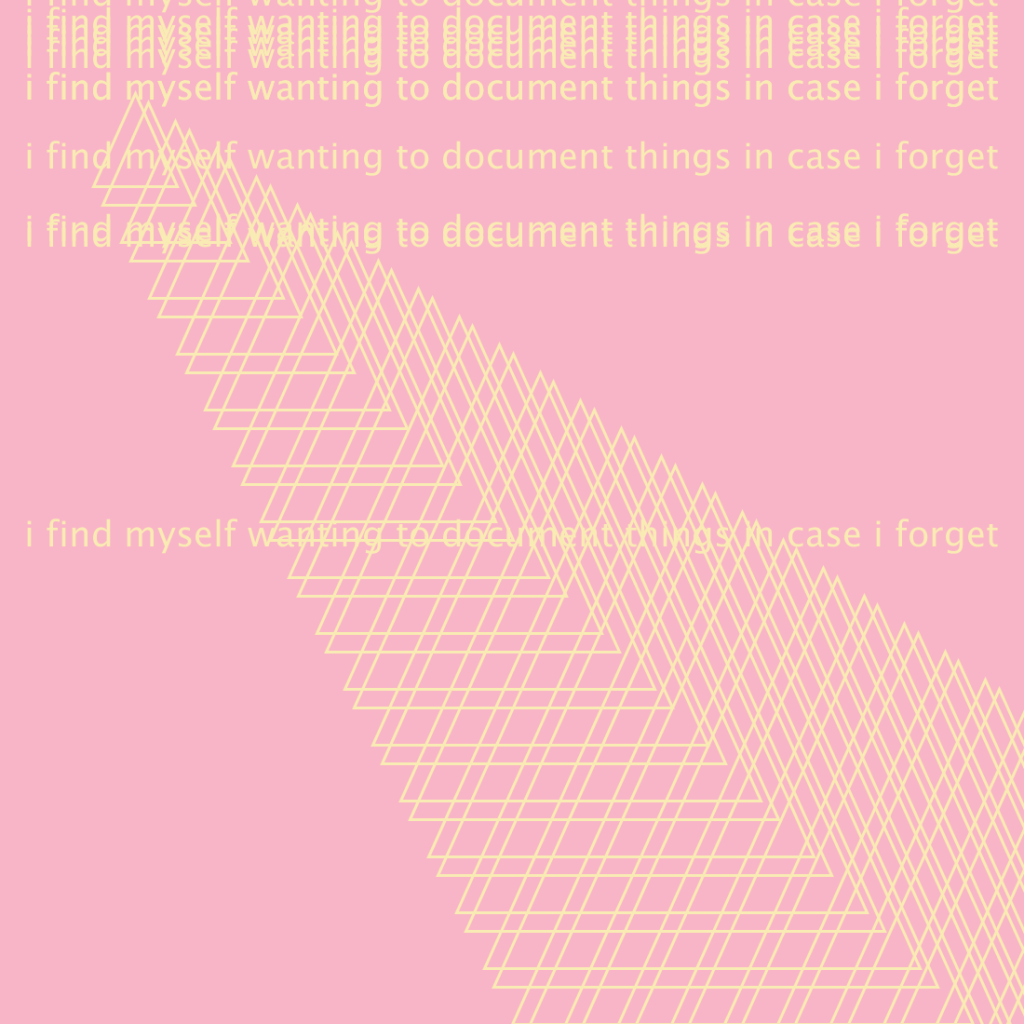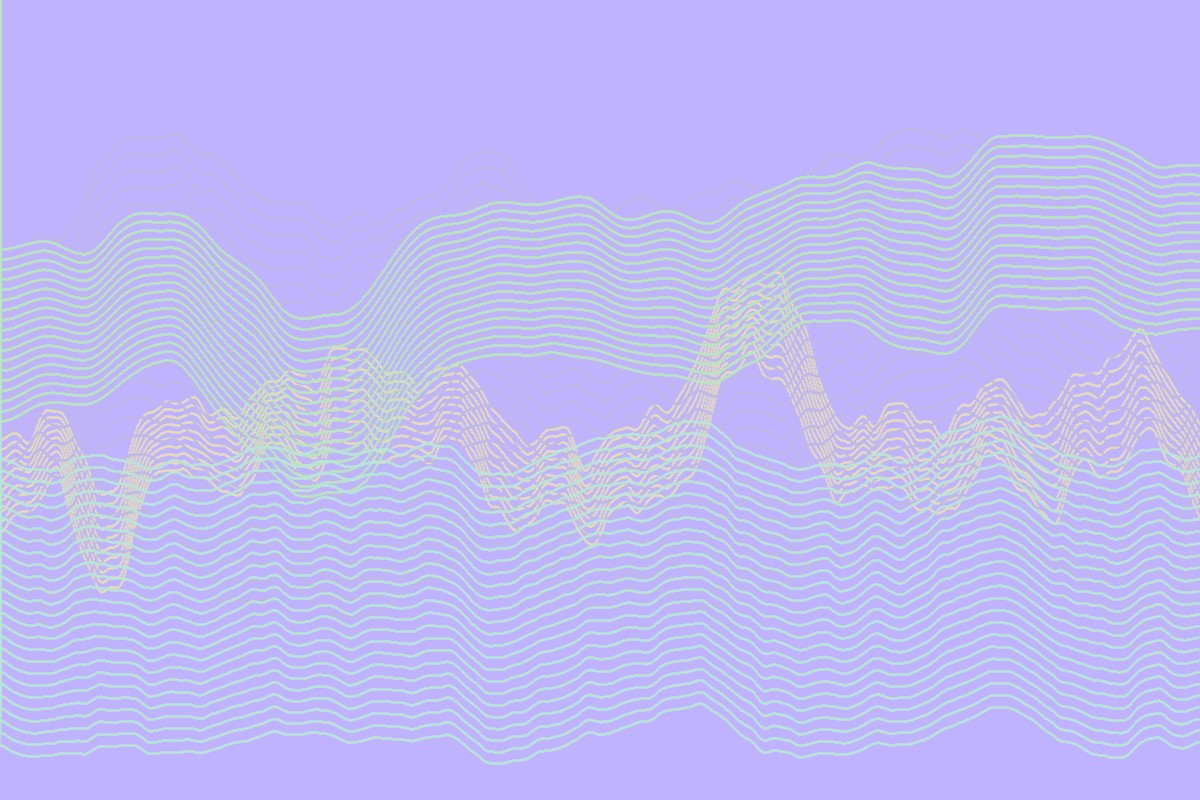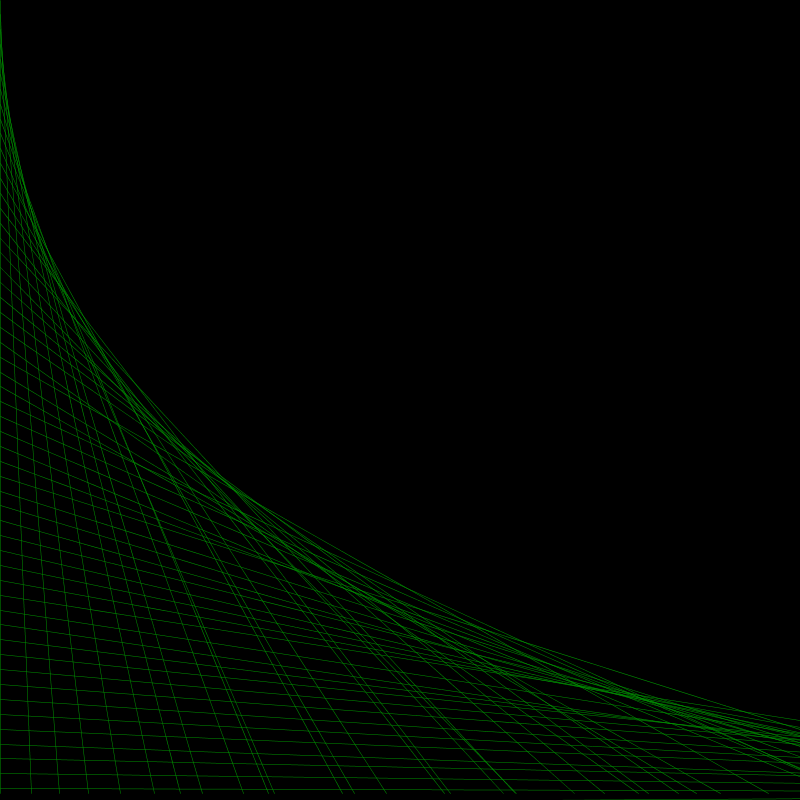
The criticism against computer art being art seems to bring to mind an age old question: what is art? For me, the fields of conceptual art and performance art have already destabilized any sense of boundaries for art-making: in conceptual and performance art, the idea and/or process, respectively, are placed at greater importance than the actual aesthetic production. In the case of computer art, the presence of humanity within art-making is further interrogated. I find myself especially curious about what is unique of computer art, that can only be attained in hiring the machine to collaborate. Vera Molnar’s emphasis on repetition in her art allows for an understanding of what is capable with computer art.

Molnar compares her gradualism — that is, making a series of pictures with only a change in one parameter in each consecutive moment — to artists like Monet who painted the Rouen Cathedral repeatedly in different lighting. The main difference in the two, however, would be the presence of time. Monet is dependent on time to yield the change in a parameter, while Molnar wills it. This difference is important, for it reveals two things: that there is a lot of spontaneity in computer art, and that it is an exploration of the self. Molnar reveals in her writing that her final picture usually never corresponds to her initial idea, describing her process as a scientific exploration.
One great fact about processing is that it is quicker than a person can ever be, and thus, they can quickly execute an order, and decide if they want to further it or reject it in an instant. It requires less manual labor and allows for more introspection: in not needing to put in the physical work of painting and drawing, we can focus truly on the product of any sequence of coding. In gradual changes, Molnar seeks to find what is aesthetically pleasing and what isn’t, and of course it is easier to erase in coding than on paper. She suggests in her process she is able to get a sense of when the ideal picture is being approached or departed from. Setting aside a essentialization of aesthetics, I would at least affirm that in gradualism we can see when our ideal picture is being approached or departed from.
The possibilities of how to proceed in a process of gradualism seems to be infinite, and there is never enough energy in the world to execute it, yet there is for the computer. Ultimately, the computer is an aid to repetition in the fact it almost reduces the most frustrating part of repetition and makes possible repetition for repetition sake. However, is repetition important? Molnar asserts that it is extremely so, for it teaches the artist of what is in fact pleasurable to view. I imagine such a process is therefore more-so about the self, and it requires spontaneity and intuition to decide where to go next with a sequence of images and forces us to realize our personal desires in image-making.


For me, repetition allowed me to get better acquainted with my desires for what I want an image to look like, especially important when the language of coding is not something I am fluent and articulate with. I felt, for the most part, fully present in my art making. I was the one who decided the code, and only me; if I do not like an execution, I can choose to nix it. I qualify my presence as an artist however, for randomness from a computer proved to be very intriguing. I was random in the fact that I chose what functions to call spontaneously — on a whim. My randomness however is of course fault to my own affectations. The computer, however, is not. When it is random, it is not out of whim but true arbitrary-ness. I am not quite sure what to make of that; I can only say that it felt like a battle (or collaboration) between two different modes of randomness.



